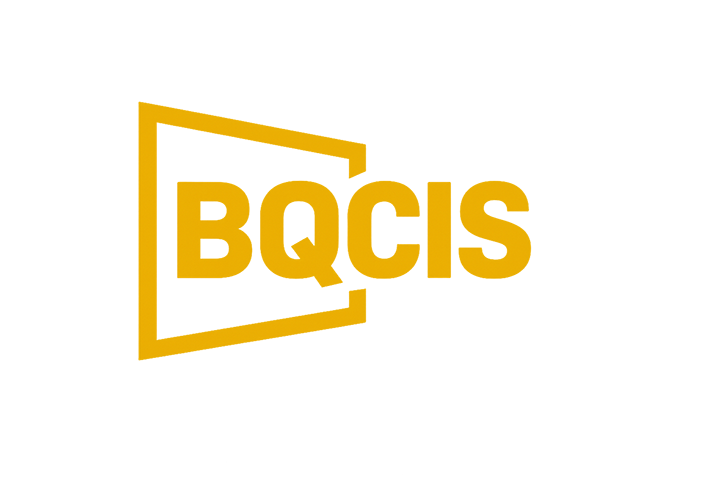Nature & Biodiversity
Protect what matters. Restore what’s missing. Prove it.
BQCIS helps you locate sensitive habitats, reduce impacts, restore function, and publish verifiable evidence—so projects move forward, supply chains stay responsible, and communities see real benefits.
Executive Snapshot (One Screen)
- Map & prioritize: habitats, species, corridors, and pressure points around sites and supply chains.
- Apply the mitigation hierarchy: Avoid → Minimize → Restore → Offset/Net Gain, with clear decision logs.
- Monitor what counts: eDNA, bioacoustics, camera traps, and habitat condition—turned into simple scores.
- Publish proof: QR-secured nature statements (photos, GPS, monitoring results) you can share with regulators, lenders, and buyers.
Where This Fits
Capital projects · Operating sites (mining, manufacturing, logistics) · Agricultural/forestry supply chains · Water catchments · Urban/industrial estates · Conservation partnerships.
Program Pillars (Pick What Fits)
1) Landscape & Habitat Intelligence
Habitat classification and sensitivity mapping (terrestrial/riparian/wetland/coastal). Connectivity analysis for wildlife movement and ecological corridors.
Output: risk heatmap with priority areas, “no-go” zones, and opportunity sites.
2) Mitigation Hierarchy in Practice
Avoid: siting/route options to steer around critical habitats.
Minimize: timing windows, buffers, light/noise controls, spill/erosion plans.
Restore: native revegetation, soil rebuilding, invasive removal, erosion control.
Offset / Net Gain: last-resort compensation with transparent accounting.
Output: step-by-step decision log and responsibilities.
3) Species & Habitat Monitoring
Methods toolbox: eDNA grabs, bioacoustics, camera traps, line-transects, drone imagery, photo-points.
Metrics: habitat condition score, species occupancy/encounter rate, canopy/cover %, riparian shade %, turbidity/sediment.
Output: baseline → trend charts → management triggers.
4) Restoration & Nature-Positive Projects
Pollinator corridors, riparian buffers, wetland creation, fish passage fixes, agroforestry edges.
Output: bill of quantities, seasonal plan, success criteria.
5) Supply Chain Nature Risk
Deforestation/land-conversion screens for priority materials/regions. Supplier self-assessments and on-site verification for high-risk sources.
Output: supplier nature scorecards and improvement plans.
6) Community & Co-Benefits
Local stewardship groups, Indigenous knowledge, and citizen-science tie-ins.
Output: engagement plan and monitoring calendar.
7) Proof & Disclosure
QR-secured statements: what was protected/restored, when, where; monitoring files attached.
Output: compact disclosure pack with map, methods, results, and photos.
